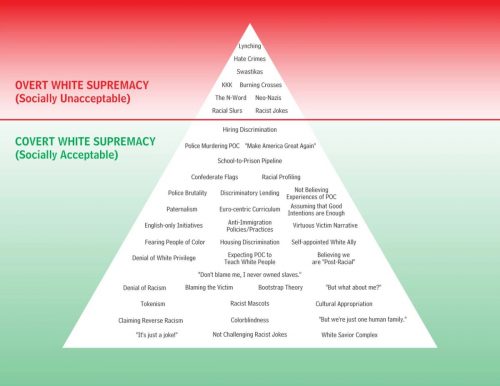The Democrats have been releasing damning emails from the Epstein files, which is a good start. There’s nothing too surprising in them, though. We already knew Trump and Epstein were pals, we’ve always known that Trump was a nasty little sleazebag with a thing for underaged girls, and the right-wing side of the electorate has been able to ignore that all along, so I expect nothing to change. Also, the Republicans are playing the victim card and howling about it was all innocent banter and Trump didn’t do nothin’, anyhow.
Except that conservatives are hypocritically complaining about emails that expose the president for what he is, and simultaneously fishing through the emails that make Democrats look bad. I’m all for it! Expose all the dirtbags, no matter what side of the aisle they sit on.
For example, Larry Summers, good buddy to Bill Clinton and ex-president of Harvard, was quite chummy with Epstein.
Former Harvard President Lawrence H. Summers maintained a close personal relationship with convicted sex criminal Jeffrey E. Epstein until just months before his death in August 2019, according to emails released by Congress on Wednesday.
The cache, released by Republicans on the House Oversight Committee, details how Summers and Epstein regularly corresponded about women, politics, and Harvard-linked projects. They appear to have maintained a close correspondence as late as March 2019 — just months before Epstein’s arrest and death.
Some of the emails are casually venal, as when Summers tried to cajole huge financial gifts to specific projects at Harvard.
The correspondence reveals that Epstein had planned to donate $500,000 to Poetry in America — a television show and digital initiative spearheaded by Harvard English professor emerita Elisa F. New, who is married to Summers. In 2016, Epstein donated $110,000 to Verse Video Education, the non-profit organization which funds the initiative.
Cool. It’s quite the inbred tangle of scholars they’ve got there at Harvard.
We also get the slimy side of Summers, as he asks Epstein for dating advice.
In dozens of emails, Summers — corresponding from his personal account — also appears to have written to Epstein with ease about his personal life. At times, he confided in Epstein about his relationship with an unnamed woman, referring to the topic and his requests for advice as the “dear Abby issue.”
He recounted a conversation between himself and the woman to Epstein, telling him that at one point it had turned tense.
At one point, he told Epstein, the woman brushed him off with the phrase “I’m busy.” Summers told Epstein that he responded to the woman by telling her “awfully coy u are.” Summers then asked her, “Did u really rearrange the weekend we were going to be together because guy number 3 was coming,” he wrote to Epstein.
“I dint want to be in a gift giving competition while being the friend without benefits,” Summers recounted to Epstein, adding that “she must be very confused or maybe wants to cut me off but wants professional connection a lot and so holds to it.”
Epstein supported Summers’ response, saying that the woman was making Summers “pay for past errors” but “no whining showed strength.”
Oh, ick. He was trying to arrange a weekend together with this woman (remember, he’s married), and she clearly wanted nothing to do with it. Epstein praises him for his strength. Come on, this was a homely, middle-aged man hitting on a woman, not a profile in courage.
And then there is the sexism, a trait that we’ve known Summers to have for many years.
In an October 2017 email to Epstein, Summers appeared to joke to Epstein that women were less intelligent than men — and suggested that having “hit on” women should not damage one’s career prospects.
“I observed that half the IQ in world was possessed by women without mentioning they are more than 51 percent of population….” he wrote to Epstein, without elaborating further.
The message invoked one of the most controversial episodes of Summers’ career — his 2005 remarks at an economics conference suggesting that innate differences between men and women might help explain the underrepresentation of women in science and engineering at elite universities.
Yeah, fine, throw Summers under the bus. If you can hurl Bill Clinton under there at the same time, I’m not going to complain…I’m probably going to cheer. But please understand you can’t condemn Summers for being a sexist asshole without also condemning Trump.













